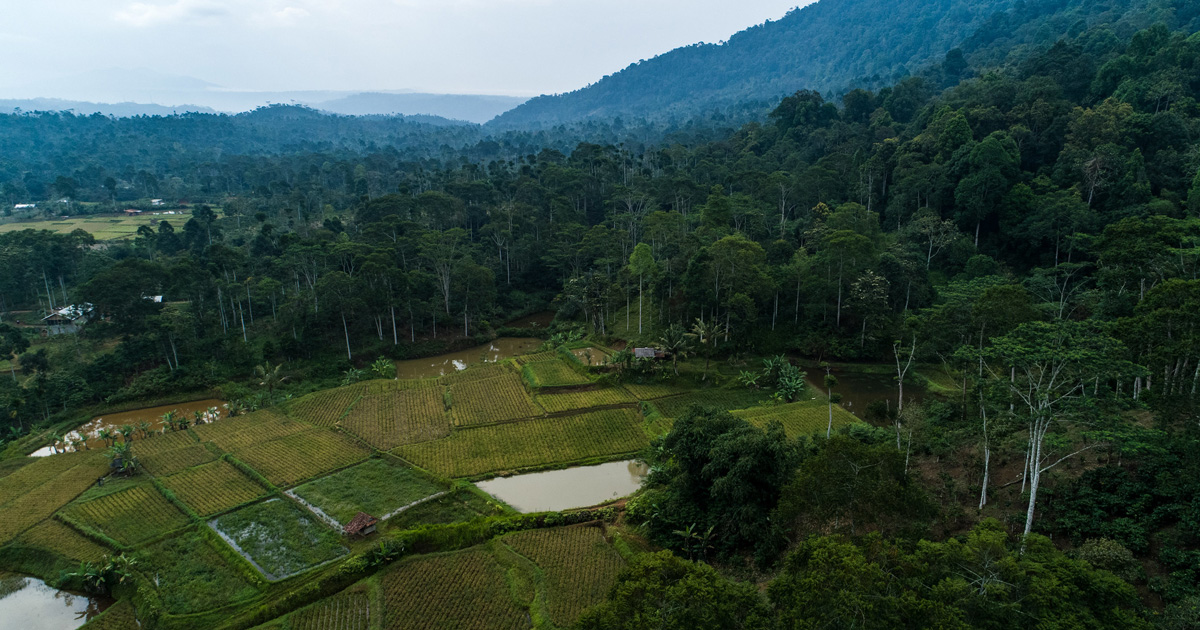Soil microbial communities and their interactions play a critical role in shaping the functions of ecosystems at regional and continental scales. In recent years, co-occurrence network analyses have provided a way to investigate microbial interactions among different microorganisms. But understanding how different environmental factors shape these networks at the continental scale remains challenging. Analyzing fungal, bacterial, and archaeal data from 166 study sites across Australia, we inferred a meta-community level soil microbial co-occurrence network for the Australian continent. Additionally, we analyzed node-level and network-level topological shifts associated with the five major vegetation types. Our results indicate that soils in the Australian savannah systems harbor a unique microbial association pattern, with the highest proportion of positive linkages, highest modularity and lowest average path length in comparison to soils from other vegetation types. Multi-model approaches revealed that different environmental drivers, including soil properties, temperature, and vegetation type, regulated the spatial distribution of topological parameters of the soil microbial networks analyzed in our study. We further generated high-resolution predication maps of microbial networks for Australia, providing insight into the distribution of soil microbes across the continent. By determining how the microbial co-occurrence networks vary according to vegetation type and mapping the distribution of the key parameters of these networks across Australia, we provide a unique understanding of microbial biogeography at the continental scale.
DOI:
https://doi.org/10.1016/j.soilbio.2023.109177
Altmetric score:
Dimensions Citation Count:

Publication year
2023
Authors
Gui, H.; Breed, M.; Li, Y.; Xu, Q.; Yang, J.; Wanasinghe, D.N.; Li, Y.; Xu, J.; Mortimer, P.
Language
English
Keywords
soil properties, microbial activities, biogeography, mapping, spatial distribution, microorganisms
Geographic
Australia























